Guide to Attribution Models in Google Analytics 4 (GA4)
Loves Data
If you haven’t come across them before, the attribution models inside Google Analytics 4 (GA4) can be confusing, daunting or a mixture of both. So what the heck are they and why should you be using them?
Great question!
It’s all about how you attribute the conversions on your website to your marketing channels.
Let's say someone clicks on the ad you’re running on Google, they browse around and then they leave your website. A day passes and they click through to your website from LinkedIn. Then another day passes before they click through from one of your email campaigns. This time they convert.
So the question is – which of these marketing channels should the conversion be attributed to?
Google? LinkedIn? Or your email?
We could argue, that without Google, they wouldn’t have visited our website in the first place and therefore they’d never convert. But we could also argue that clicking through from the email was vital for the conversion to take place. Or we could say that without LinkedIn they might not have connected with our brand and build the trust needed to convert.
They’re all compelling arguments, so which one is right?
It’s likely that we needed all of these touchpoints for the conversion to occur.
But that sucks! I want to stop spending on marketing that isn’t giving me results.
I totally get it. I do. That’s exactly what I want to do with my own marketing. I want to focus my efforts and budget on what’s working. So what’s the answer?
Attribution!
Yes, you guessed right, we’re going to use the attribution models inside Google Analytics. They allow you to adjust the way you give credit to your marketing channels based on where they sit within the path to conversion. Before I weigh in on which attribution models you should (and shouldn’t be using) we need to cover some basics, so here we go…
Which attribution model is used in Google Analytics?
Google Analytics uses multiple attribution models, so it depends on the report and the dimensions you’re using.
Google says if you’re using “…user-scoped and session-scoped dimensions, Analytics uses the paid and organic channels last click attribution model.”
And for “…event-scoped dimensions, Analytics uses the attribution model that you select…”
Confusing? You’re not alone.
While there’s no easy way around this, my tip is to check which report you’re using and look at the name of the dimension. It’s obvious, but any dimension that includes ‘User’ in its name will be user-scoped. Any dimension with ‘Session’ will be session-scoped and any that include ‘Event’ will be event-scoped.
User-scoped dimensions like ‘First User Default Channel Group’, ‘First User Source / Medium’, and ‘First User Campaign’ will show you the first method people used to find your website. While Google doesn’t reference First Click attribution, this is really what we’re looking at with these dimensions. You will find these dimensions in the default ‘User Acquisition’ report.
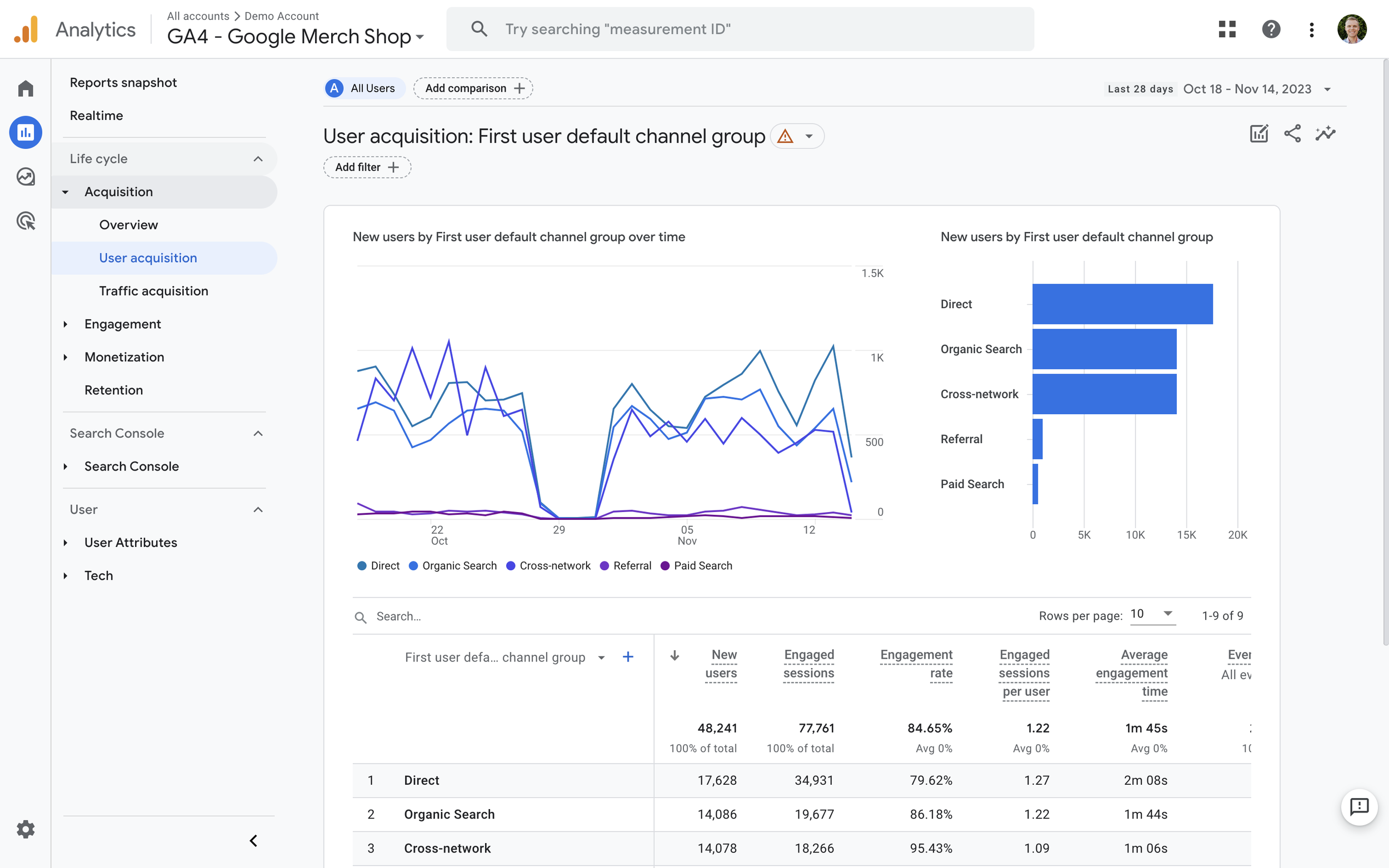
Session-scoped dimensions like ‘Session Default Channel Group’, ‘Session Source / Medium’, and ‘Session Campaign’ will show you all of the ways people find your website. These dimensions all use the Last Non-Direct Click attribution model. You will find these dimensions in the default ‘Traffic Acquisition’ report.
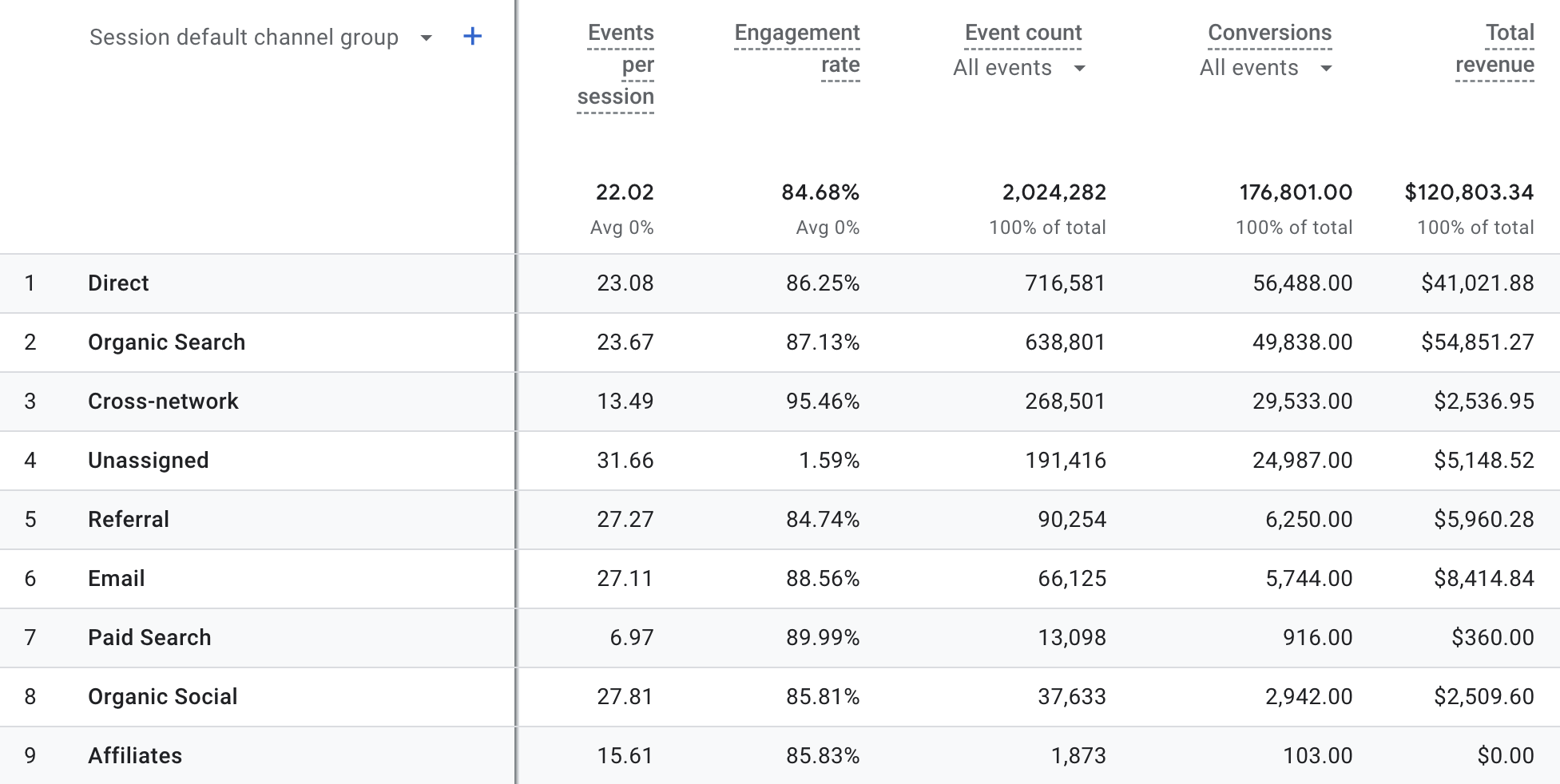
Finally, event-scoped dimensions like ‘Event Name’ will attribute conversion and transactions based on the attribution model that has been configured for the property. The default model is the Data-Driven attribution model.
Apart from the Data-Driven model, your event-scope dimensions might use the Last Click model or the Last Click model for Google Ads. This means that before you start making decisions based on the data in you reports, you should check which attribution model has been applied to your Google Analytics property.
To check which attribution model is configured for your property, navigate to ‘Admin’, select ‘Data Display’, and then choose ‘Attribution Settings’. You will then see the attribution model used for your event-based dimensions.

Here we can see the default ‘Conversions’ report in Google Analytics. Since this uses the ‘Event Name’ dimension which is event-scoped, it means the conversion and revenue metrics use the attribution model that is applied to the property.

Just remember, that different reports and dimensions will use different attribution models in Google Analytics.
Here’s what you need to begin using attribution...
In order to use attribution in reports, you’ll need to make sure you have conversions, transactions, or both being reported in Google Analytics. If you don’t have conversions configured, then this is an absolute must (and not just for attribution), so take a moment to learn how to correctly configure conversions.
You’ll also need to make sure that you’re using campaign tags for all of your inbound marketing and that you have Google Ads linked to Google Analytics if you’re running any Google Ads campaigns.
So do a quick double-check to make sure you’re covered. If you don’t have conversions or ecommerce tracking, that’s okay, but make sure you check them off your list You’ll then need to wait for accurate data in your reports before you can begin using the attribution models.
What attribution models are available in Google Analytics?
Apart from the models applied to user-scoped and session-scoped dimensions, you can choose the attribution model used for event-scoped dimensions. This is configured at the property-level in Google Analytics and you can choose from the Data-Driven, Paid and Organic Last Click, or Google Paid Channels Last Click models.
Let’s cover each of these attribution models. First up, is the Data-Driven attribution model.
Data-Driven Attribution
The Data-Driven model uses Google’s machine learning to automatically apply credit to the different marketing touch points leading to conversions. The great thing about this model, is that marketing channels that are more likely to result in conversions will be given more credit. While marketing channels that are less likely to convert will report less credit in Google Analytics.
Google says… “The resulting models assess how likely a user is to convert at any particular point in the path, given exposure to a particular ad interaction.”
Data-Driven attribution is the default model applied to your event-based dimensions in Google Analytics.
Paid and Organic Last Click Attribution
This model gives all of the credit to the last non-direct touchpoint in the path to conversion. If the final touchpoint was direct, then it will step back in the conversion path and look for a touchpoint that isn’t direct.
Google Paid Channels Last Click Attribution
This model will give all of the credit to the last touchpoint (just like the Last Click model), but if there is a paid click from Google Ads in the conversion path, then Google Ads will receive 100% of the credit for that particular conversion.
Here’s an example of a path someone could take before they convert…
They’ve gone from Google Ads, direct and then email before converting. If we use the Google Paid Channels Last Click model, then all of the credit goes to Google Ads.
And here’s one more example where someone didn’t have Google Ads in their conversion path…
They went from LinkedIn, to email and email again. The Google Paid Channels Last Click model will give all of the credit to the very last touchpoint (since there is no Google Ads touchpoint), so email receives the full credit for the conversion.
Other Attribution models
Until November 2023 additional attribution models were available in Google Analytics. These were the first-click, linear, time decay, and position-based models. These are no longer available, but they’re worth mentioning because you might find these models referenced in older resources.
What’s the best attribution model to use in Google Analytics?
Google recommends using the Data-Driven model. As we’ve covered, it uses machine learning to automatically apply credit to the different marketing touch points leading to a conversion on your website. And if you’re not 100% sure, the good news is that you can change the attribution model used for event-scoped dimensions whenever you like in Google Analytics. Whenever you change the model, it’s automatically applied to your current and historical reports.
Another option is to use the ‘Model Comparison’ report to compare attribution models to see how they impact conversion and ecommerce metrics. To find the report, navigate to ‘Advertising’, then select ‘Model Comparison’.
Here we can see the report is comparing the Last Click and Data-Driven models:
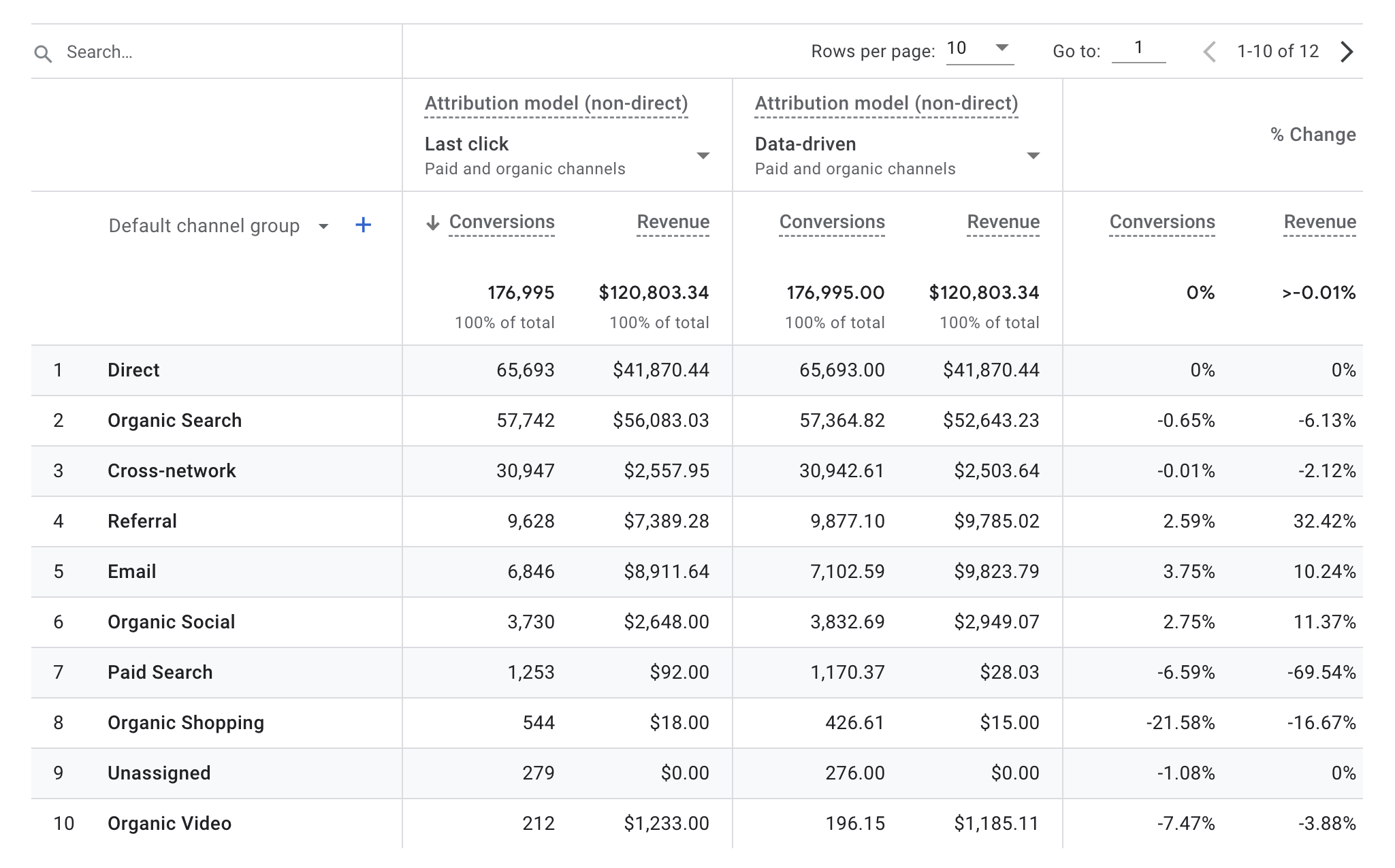
You can now look at the difference between the two models in the report. This shows you the changes in conversion and revenue metrics between the two models.
Conclusion
Sharing the credit for conversions between your marketing touchpoints allows you to understand how your channels are interacting with one another and where you should focus your efforts.
You’ll find the ‘Advertising’ reports are helpful in understanding how people are finding and engaging with your website. I encourage you to use ‘Conversion Paths’ report, it visualizes the different paths people take before they convert.

You’ll find attribution is a combination of art and science, so don’t feel like you need to get it right from the very start. Begin by looking for marketing channels that regularly appear in people’s path to conversion. These are likely to be critical touchpoint for your website.


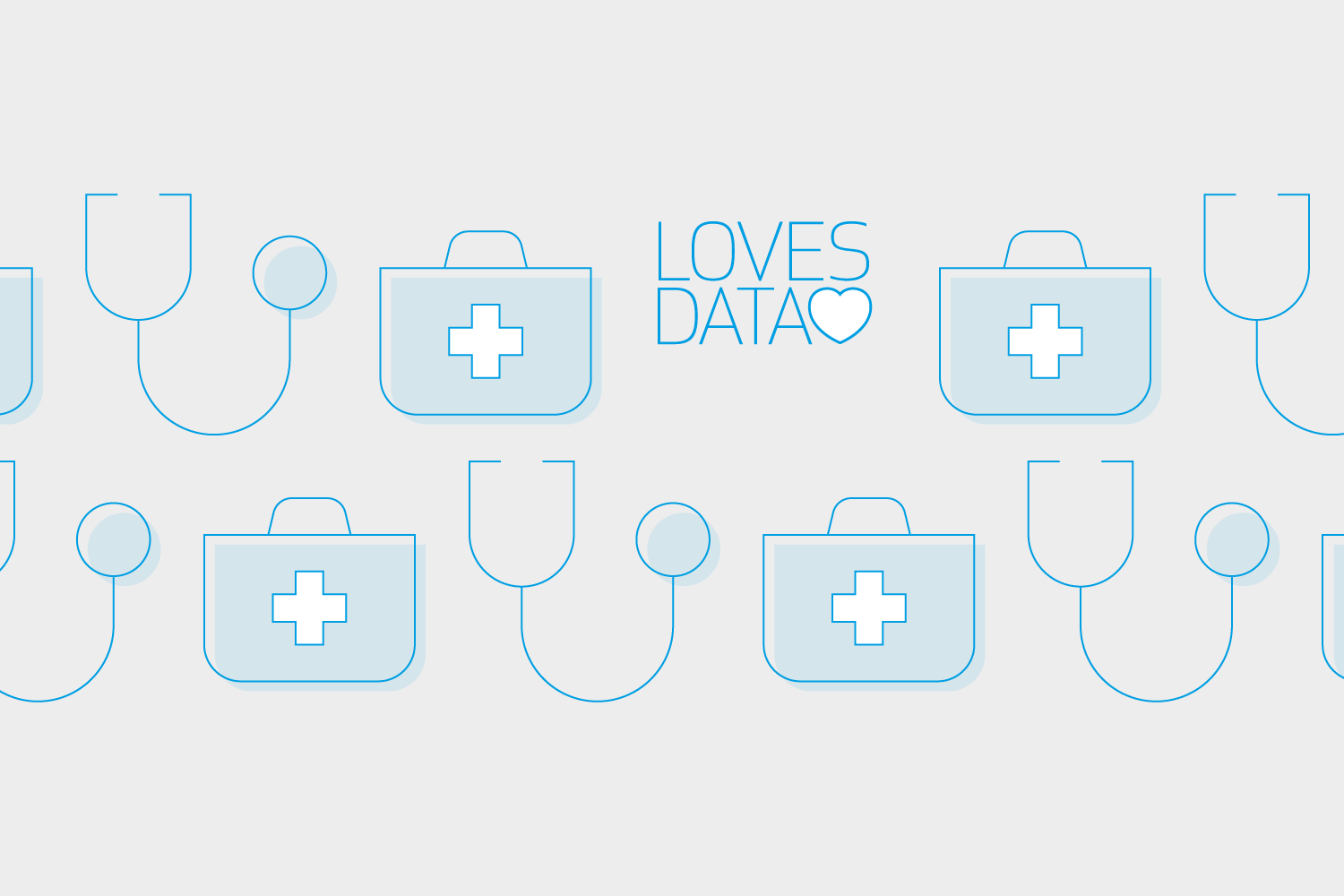
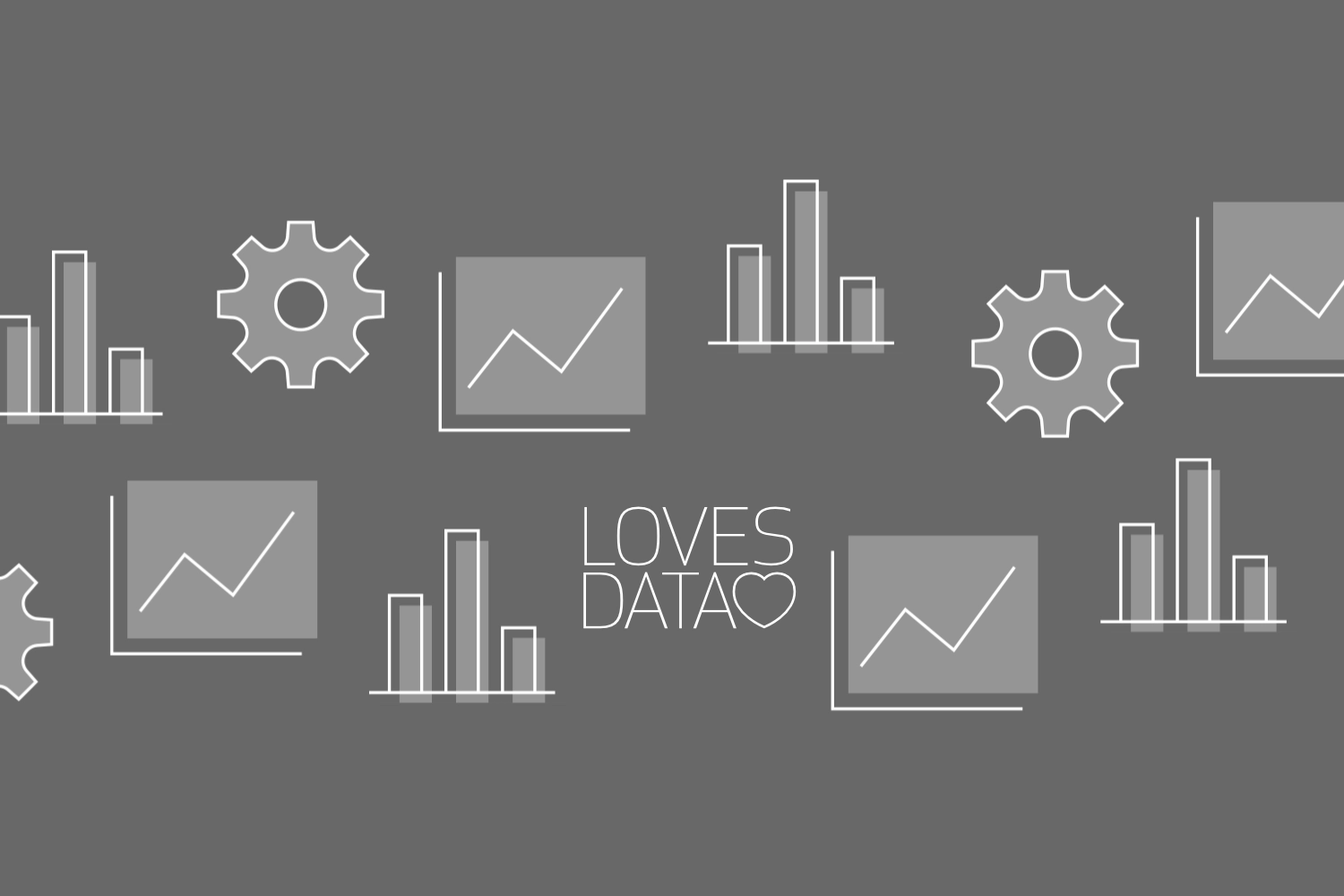
Comments